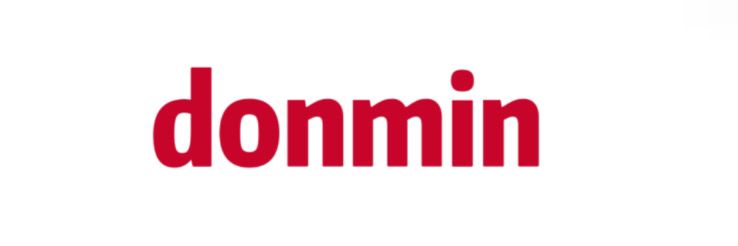Is Your OEM One Fiber Braid Hose Safe for High Pressure?
# Is Your OEM One Fiber Braid Hose Safe for High Pressure?
When it comes to hydraulic systems, the components you choose can make all the difference in ensuring safety and performance. One critical component that deserves special attention is the hose. If you’re using an OEM one fiber braid hydraulic hose, you might be wondering: Is it safe for high pressure? Let’s explore this topic in detail, debunk myths, and provide insights into the right choices for your applications.
## Understanding OEM One Fiber Braid Hydraulic Hoses.
OEM, or Original Equipment Manufacturer, hoses are designed and produced to meet specific standards and requirements set by equipment manufacturers. One fiber braid hydraulic hoses often feature a single layer of woven fibers that provide reinforcement against internal pressure.
This design allows the hose to maintain flexibility and durability while being relatively lightweight -- an excellent combination in many hydraulic applications. However, the safety and reliability of these hoses under high-pressure conditions depend on various factors.
## Factors Affecting Safety and Performance.
### 1. **Pressure Ratings**.
Every hydraulic hose is rated for a specific maximum pressure it can handle. For OEM one fiber braid hoses, this rating can vary widely based on manufacturing standards and materials used. Always refer to the manufacturer’s specifications to understand the safe operating limits of your hose.
### 2. **Temperature Tolerance**.
High-pressure environments often come with fluctuating temperatures. Hoses need to withstand not only the pressure but also the heat generated during operation. Make sure your OEM hose's temperature tolerance aligns with your application’s demands.
### 3. **Fluid Compatibility**.
The type of hydraulic fluid you’re using can impact hose safety. Certain fluids can degrade the hose material over time, leading to leaks or bursts. Always check the compatibility of the hose material with the fluids in use.
## Signs That You May Need to Replace Your Hose.
Even the most reliable OEM one fiber braid hoses have a lifespan. It’s essential to monitor for signs of wear and tear:
### - **Visible Damage**.
Inspecting hoses regularly for cuts, abrasions, or bulging can provide early warnings that the hose may fail.
### - **Leaks**.
Any signs of leaking at connection points are also indicators that the hose may need replacement.
### - **Pressure Drops**.
A sudden drop in pressure could mean the hose is failing. If you notice inconsistent performance, it may be time to take a closer look.
## Tips for Ensuring Maximum Safety.
### 1. **Regular Inspections**.
Conducting routine inspections can prevent catastrophic failures. Regularly check for visible signs of wear, and perform pressure tests if necessary.
### 2. **Follow Manufacturer Guidelines**.
Always adhere to the operating and maintenance instructions provided by the hose manufacturer. This ensures that you’re using the hose safely and effectively.
### 3. **Choose the Right Hose for the Job**.
When selecting hydraulic hoses, sometimes a multi-layer braided option may be more suitable for high-pressure applications. Evaluate both performance needs and safety requirements when making your choice.
### 4. **Professional Installation**.
Proper installation is crucial. Ensuring that hoses are secured correctly with appropriate fittings can significantly reduce the risk of failure.
## Conclusion.
While OEM one fiber braid hydraulic hoses can be safe for high-pressure applications, their safety significantly relies on proper usage, maintenance, and monitoring. Understanding key factors such as pressure ratings, temperature tolerance, and fluid compatibility can help users make informed decisions. Always prioritize regular inspections and adhere to manufacturer guidelines to maximize the safety and longevity of your hoses. .
Taking the necessary precautions can ensure that your hydraulic systems function smoothly without compromising safety. Investing time in understanding your components not only protects you but also enhances your equipment's efficiency in the long run.
If you want to learn more, please visit our website oem one fiber braid hydraulic hose, how many ac lines are in a car, china sae100r15.

